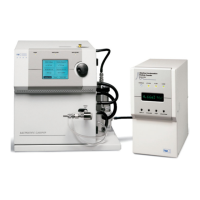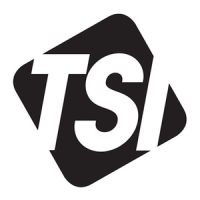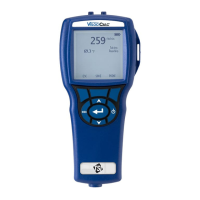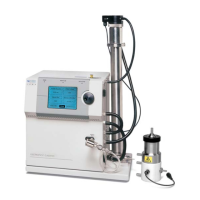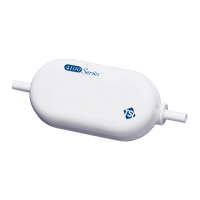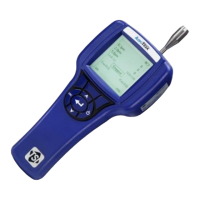Command Set 17
The data can be returned in either ASCII or binary.
If ASCII mode is chosen, the acknowledge sequence is “OK”
<CR><LF>. If the command generated an error, an error code
“ERRn” <CR><LF> will be returned where n represents an error code
0 through 9. See Appendix A for a list of possible error codes. The
readings returned are separated by commas and the termination
sequence is a <CR><LF>. The Series 4000
/
5300 sends two decimal
places, and the Series 4100
/
5200 sends three decimal places for
flow rate.
If binary mode is chosen, a single byte, 0x00, will be returned as a
command acknowledgment. If a command generated an error, a
single byte will be returned in place of the acknowledgment byte. See
Appendix A for a list of error codes. Each reading returns two bytes.
The most significant byte is returned first. Flow rate data is returned
as an unsigned integer (0 to 65535) that has been multiplied by 100
(for Series 4000) or by 1000 (Series 4100). Temperature data is
returned as a signed integer (-32768 to 32767) that has been
multiplied by 100. Pressure data is returned as an unsigned integer
that has been multiplied by 100. To convert the returned data back to
its original form, divide the data by 100. Binary transfers terminate by
returning two bytes in the form 0xff. Check the first reading in each
block of data returned (flow, temperature, and pressure) from the unit,
for the terminating sequence. No termination sequence will be sent if
an error condition occurred.
Special note: A temperature reading of –0.01C would be
transmitted as 0xff and could signal an early
termination if flow readings were disabled.
If no begin-trigger is set, the data acquisition begins immediately
upon processing of the command. If a begin-trigger is set (set with
SBTxnnn.nn), the data acquisition begins as soon as the begin-
trigger condition is detected. If no end-trigger is set, then nnnn
samples will be used in the data set. If an end-trigger is set (set with
SETxnnn.nn), then the acquisition will stop either when the end-
trigger condition is detected or when nnnn samples have been
acquired; whichever comes first. After the command is finished, a
termination sequence is sent to signal the end of the transfer.
Example 3) SSR0010
Set sample rate to one average sample every 10 ms.
Flow meter returns OK <CR><LF>
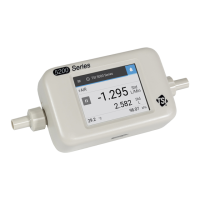
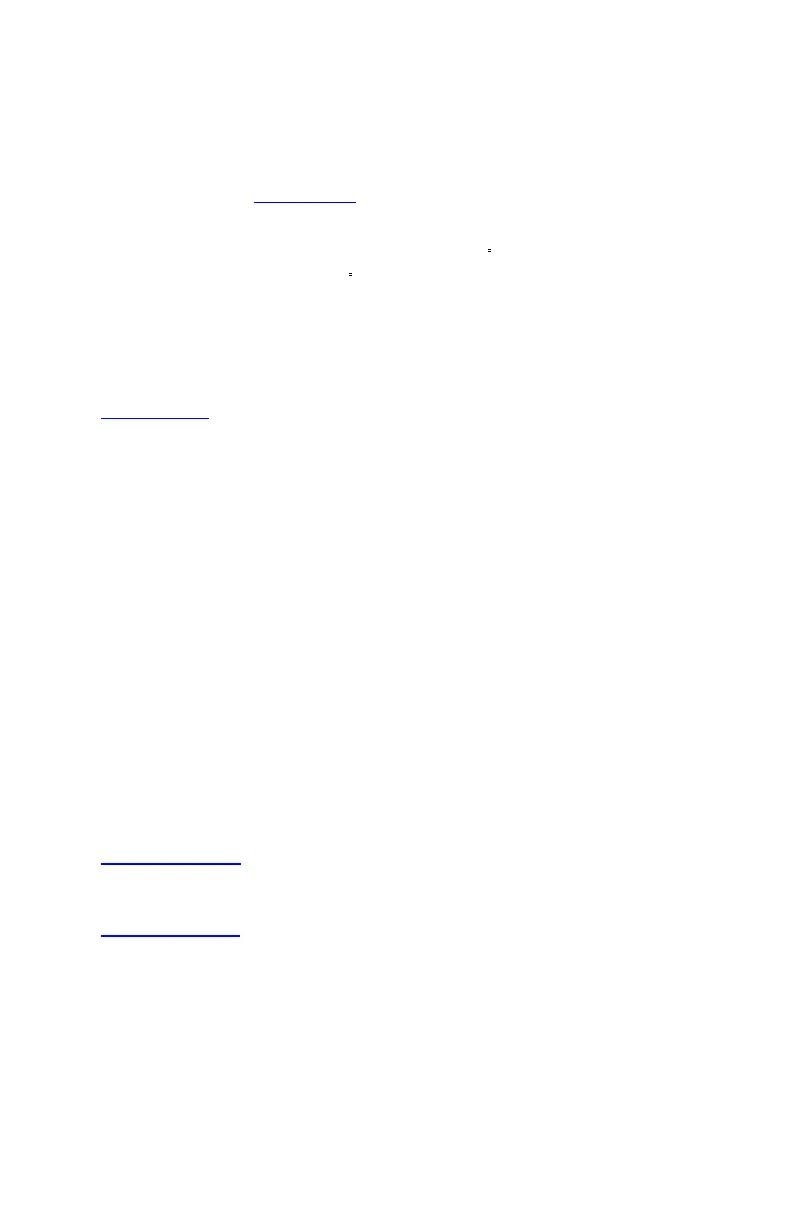